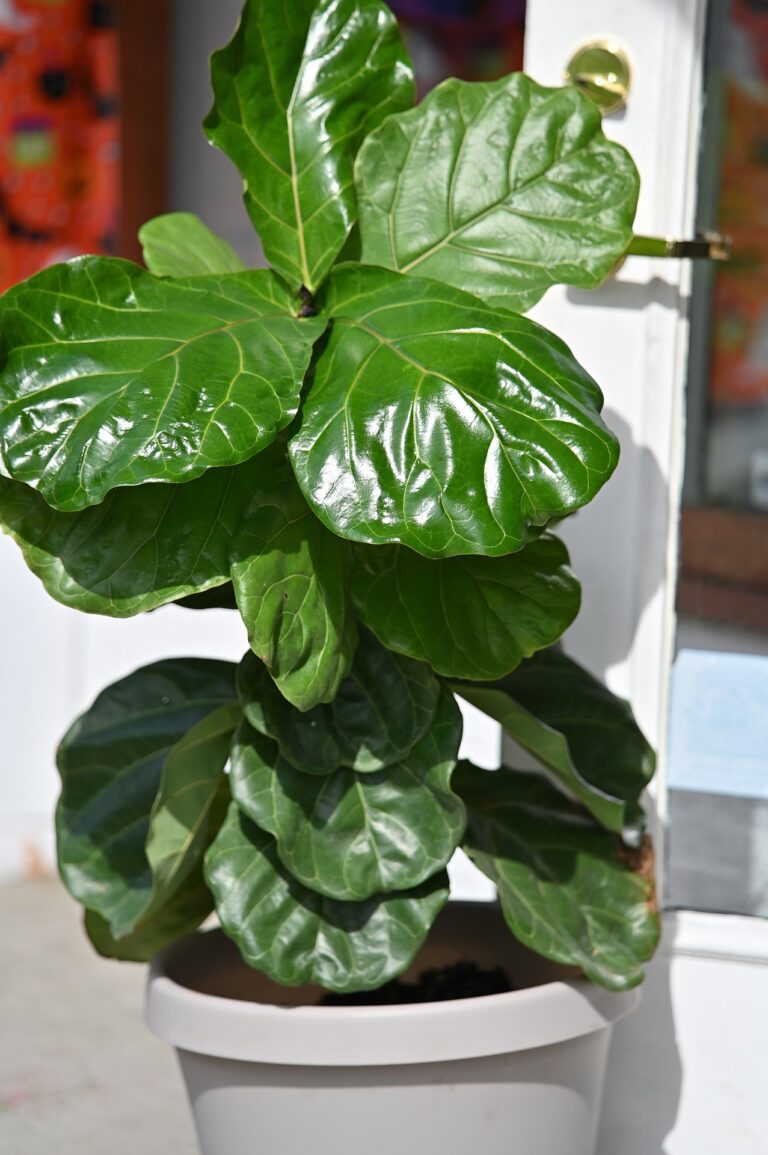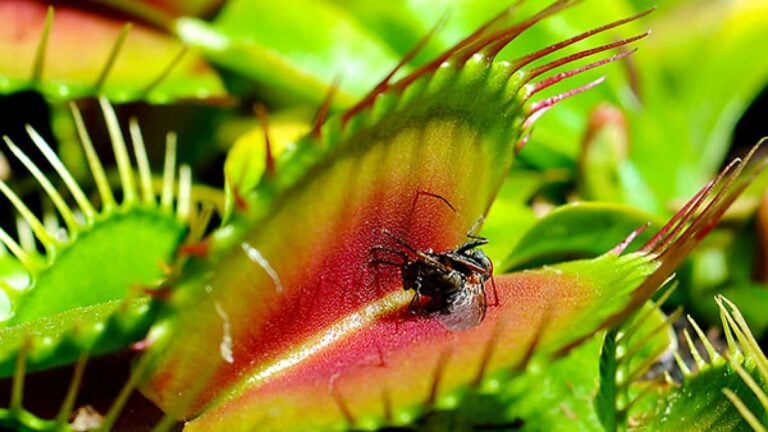Taking Better Care of Your Swiss Cheese Plant
The Swiss cheese plant is a handsome indoor plant that can make an attractive centerpiece for the right space. It is a low-maintenance houseplant with the primary need of space to climb. The slits on its leaves which give it its name are an adaptation to rainforest living. It also makes it a conversation piece. Continue reading to learn more about this unique tropical plant.
What is the Swiss Cheese Plant?
The appropriately named Swiss cheese plant (Monstera deliciosa) is a member of the Araceae or Arum Family. It includes many familiar plants such as peace lily and philodendron. It is a tropical rainforest plant that grows in Mexico and Central America as do many of its counterparts. As you may guess, there is a good reason its species name is deliciosa. Its berries are edible.
It produces white spadix flowers in the wild, but that rarely happens with plants grown indoors. Its outstanding feature is its leaves. The slits and holes inspired its common name. There is a good evolutionary reason for them. The holes help prevent damage to the foliage during the often torrential rains common in rainforests. They diffuse the force of heavy precipitation.
Planting the Swiss Cheese Plant
The Swiss cheese plant is a climbing shrub that can reach heights of 10 or more feet. That means you have to prepare for it and choose a suitable site. It’s going to need some room with leaves that will grow up to a foot in length. In the wild, the plant would send out aerial roots to anchor it to a tree. Indoors, you’ll need to provide some type of support for it to grow.
It has a limited range for optimal growth outdoors. You can plant the Swiss cheese plant if you live in USDA Hardiness Zone 10. It will go dormant with temperatures under 50 degrees. That means an extreme low temperature of no lower than 30 degrees Fahrenheit. Anything lower may kill it.
Care and Maintenance
Care for the Swiss cheese plant is low maintenance. That is part of its charm. It’s an eye-catching addition to your home decor. A sprawling 10-foot plant is sure to catch everyone’s addition. Because it’s a climber, you can use this feature to your advantage and have the plant grow up the side of a bookcase and spill over the side. It’ll add a relaxed feel to a room.
Light and Temperature
You’d find the Swiss cheese plant in the understory of a rainforest. That means it is a plant that prefers bright indirect light rather than direct sunlight. Light that is too intense will burn the leaves, causing brown spots. But there is a balance. If it gets too little light, the distinctive slits and holes won’t form. While not critical, you’d miss out on what makes this plant so unique.
When leaves first form, they’ll be intact. The slits develop later as they mature. As you may expect with a tropical plant, it prefers temperatures on the warmer side at least 65 degrees Fahrenheit. If it gets much cooler, the plant’s growth will slow. Normal household temperatures will suit it just fine.
Moisture
The fact that it is a climbing plant may give you a clue about its water needs. It will get a lot of its moisture from the air since it has large leaves with the matching surface area for gas exchange. You should let the soil dry for the first few inches between waterings. Then, water it as you would for other indoor plants, avoiding soggy soils.
As always, proper drainage is essential. However, it does prefer humid conditions. You can mist the plant regularly, taking the time to clean the dust that may gather on its leaves. You can also place the plant near a shallow pan of water to replicate its natural rainforest habitat.
Soil Conditions
The key to keeping the Swiss cheese plant is proper drainage. You can use a peat-based soil mixture that will lighten it and allow it to drain. You can also opt for a mix that includes perlite or sand. Because your mix is lighter, a sturdy and heavy container is essential. With a larger mass of aboveground growth, you’ll need it keep the plant upright.
Fitting In
Unfortunately, there is one glaring downside to growing a Swiss cheese plant. While the berries are edible, the rest of the plant including the leaves are not. They contain calcium oxalate crystals that can cause mouth and throat irritation if accidentally ingested. If you have small children or pets, you might want to reconsider adding it to your collection.
Special Care Notes
The Swiss cheese plant is good at telegraphing its needs—or lack thereof. Most of what you need to know will come from a regular examination of its leaves. If they begin to yellow, you’re overdoing it with the watering. If the leaf tips turn brown, it may mean that the humidity is too low. It may also indicate too much fertilizer.
Because of its size, it’ll need regular fertilizer applications to fuel its new growth. Plants that grow in indirect light will tap the soil for nutrients. You should replant it one to two years in the spring to prevent it from becoming root bound. The new soil will replenish the nutrient base and give it a good start for the following season.
This video from the University of Illinois Extension will walk you through the proper way to repot your houseplants.
You may need to prune it occasionally to make sure it doesn’t outgrow its space. On the plus side, you can use these cuttings to propagate more Swiss cheese plants. It’s a plant that keeps on giving.
The Swiss cheese plant is sure to attract attention with its sprawling form that adds an exotic, tropical mood to a room. With bright indirect light and regular waterings, you’ll be able to provide everything it needs to reach its full height.
Photo by PublicDomainPictures licensed under CC0.


